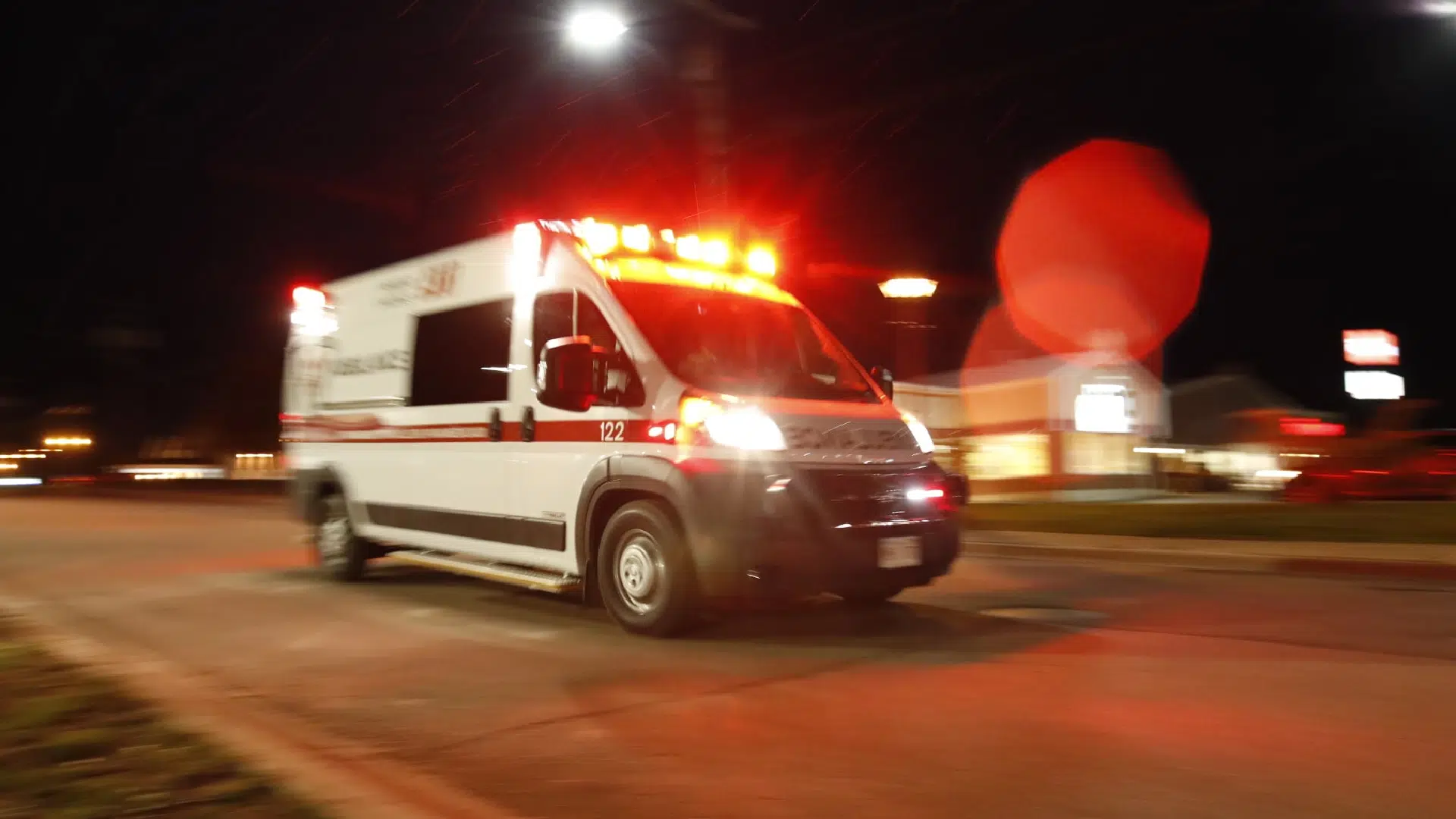
The fire department in Eastern Charlotte continues to grapple with a rise in medical calls, prompting calls for support from the municipal council.
During the April meeting of the local government, questions were raised about the financial stability of the steep rise in medical calls.
Some of those questions came from Coun. Alexa Detorakis.
“Is this fiscally feasible long-term,” she asked.
In March 2024, there were seven medical calls to the Eastern Charlotte fire department. Five of those were vehicle accidents.
For the same month in 2025, there were 39 medical calls, with six vehicle accidents, 14 respiratory emergencies, and nine resuscitation calls relating to a heart attack, among others.
It is a continuing trend from the beginning of the year onward.
Chief Administrative Officer Jason Gaudet told the council that it is difficult to place a monetary value on medical calls.
“Our firefighters are dedicated,” he said. “They are reacting to it. There will no doubt be increases. There is a fiscal change that comes along with this, but I don’t know what the alternatives are.”
He said he feels like if an ambulance is at least half an hour, in some cases, a resident will be relieved to know someone is coming.
Coun. Adam Hatt also talked about the ongoing drug crisis in the community.
“Let’s be honest, in the last two weeks, look at the funeral home website, most of them (calls) are not ones, myself, I would want to roll up on in the middle of the night,” he said. “I don’t know how they do that and mentally stay strong.
“Not to mention, whether we like to admit it or not, we are in a drug crisis.”
Hatt asked several firefighters who were in attendance for the council meeting to indicate whether they’d been trained on Narcan.
He said he’s heard of individuals requiring several rounds of the medication – designed to help prevent an overdose on opioids.
He called for further mental health support for those working the fire service currently, amid the rise in medical calls.
“All it takes is to save one life, and it is worth every penny,” said Mayor John Craig.
Meanwhile, Ambulance New Brunswick, the public ambulatory service operated by privately owned Medavie said it is aware of the concerns that our partners have raised and we share those concerns.
“Like many health care systems across the country, we are operating in a system under pressure, and we are working hard to adapt how we deliver the ambulance services in the face of these system challenges,” said ANB spokesperson Christianna Williston.
It said it values the work of its partners in Charlotte County, adding it is already speaking with the Union of Municipalities of New Brunswick and the Paramedic Association of New Brunswick on these issues.
“We think it’s important that we collectively look at the current model, in a collaborative way, and make sure that we’re optimizing the resources we have to provide the best access to care that we can,” she said in an email.
In rural New Brunswick, ambulances have a response time of 22 minutes.
Data provided by Ambulance New Brunswick provides a glimpse into the percentage of time they are meeting that target.
In Blacks Harbour, in March 2025, it responded to 81.7 per cent of calls within 22 minutes, which would not include exemptions for offload delay.
In March 2025, Lepreau responded to 72.7 percent of calls within the response time for rural areas.
The average for Charlotte County in March was 87.4 per cent.
ANB also provided the percentage of 9-1-1 calls that were in offload delay – which means an ambulance is tied up at a hospital waiting for bed space.
For Blacks Harbour, in March 2025, 65.6 per cent of those the ambulance was held up the hospital. In Lepreau, in the same month, it was about 72.2 per cent.
The average for Charlotte County was 52.3 per cent in March.
In an interview with The Courier, Gaudet said the community is dealing with questions of what the threshold looks like when it comes to physical resources.
“I know, speaking to other administrators, we’re not so worried about the fiscal side of things,” he said. “I mean, it’s certainly important. But, when does our fire service say, You know what? We’re exhausted.”




